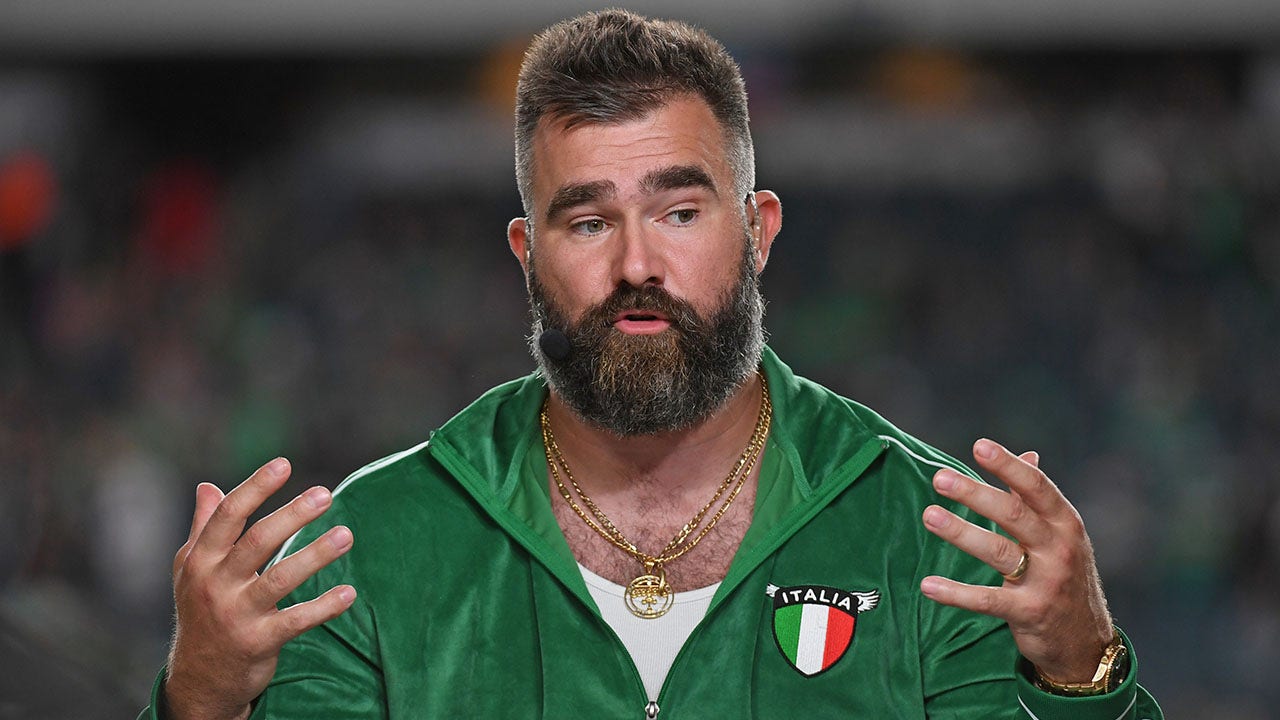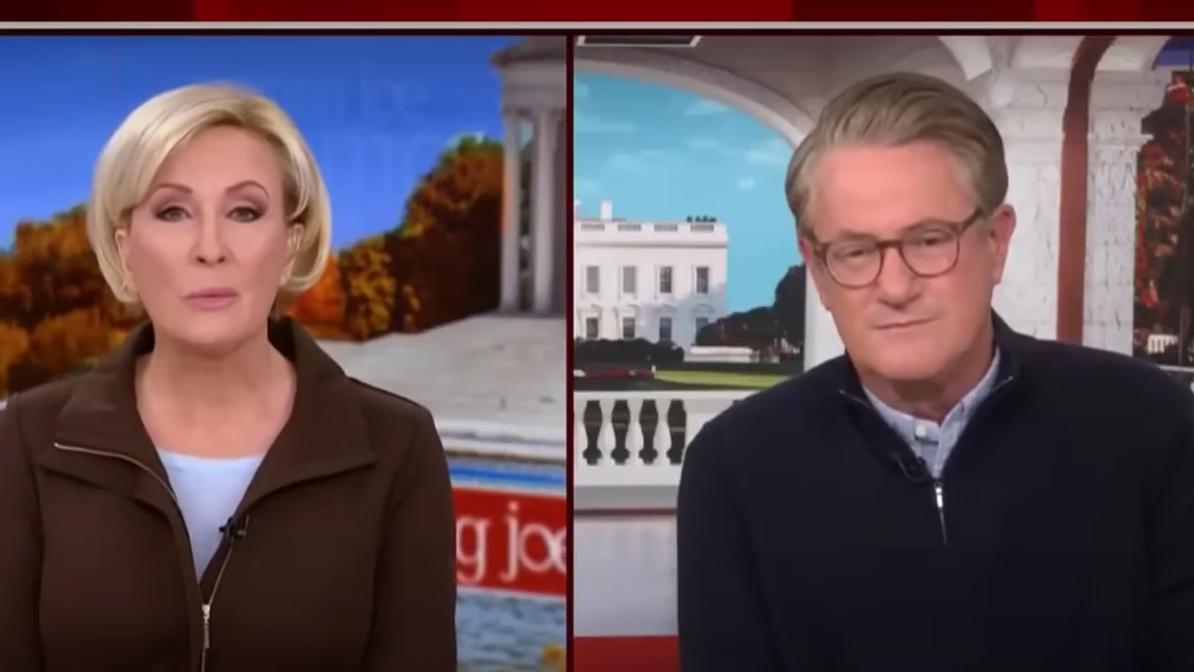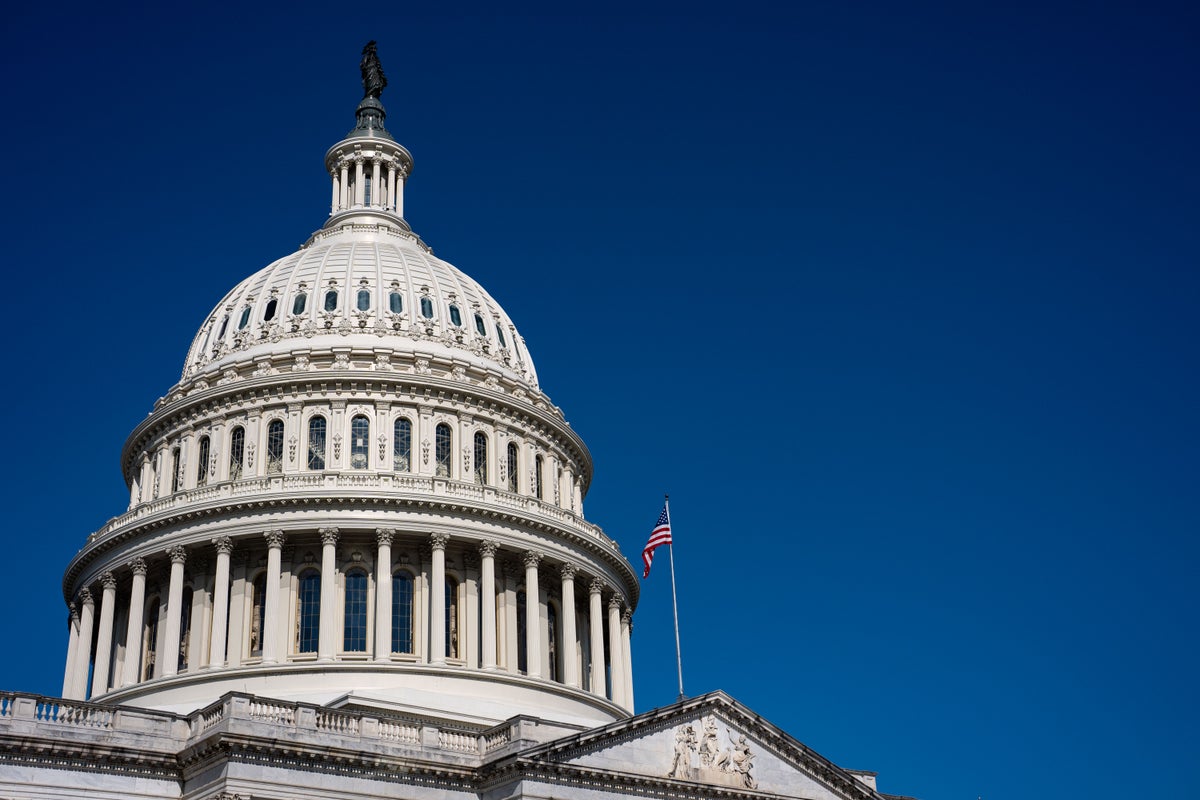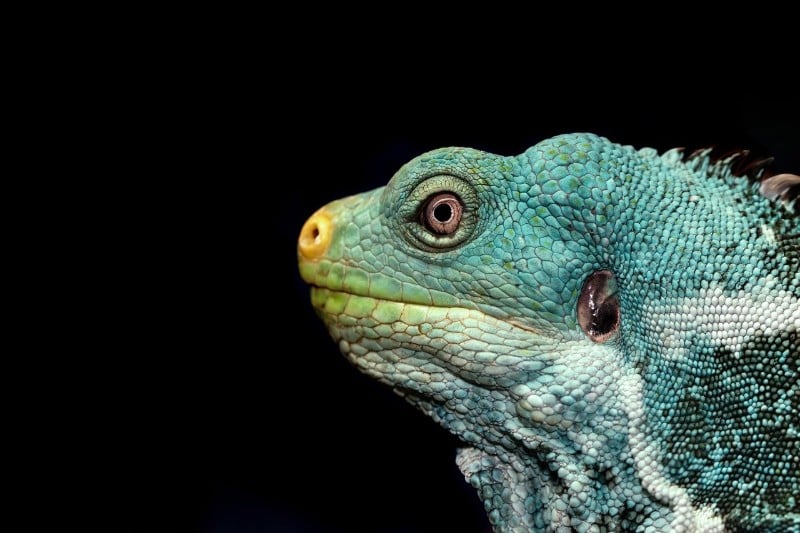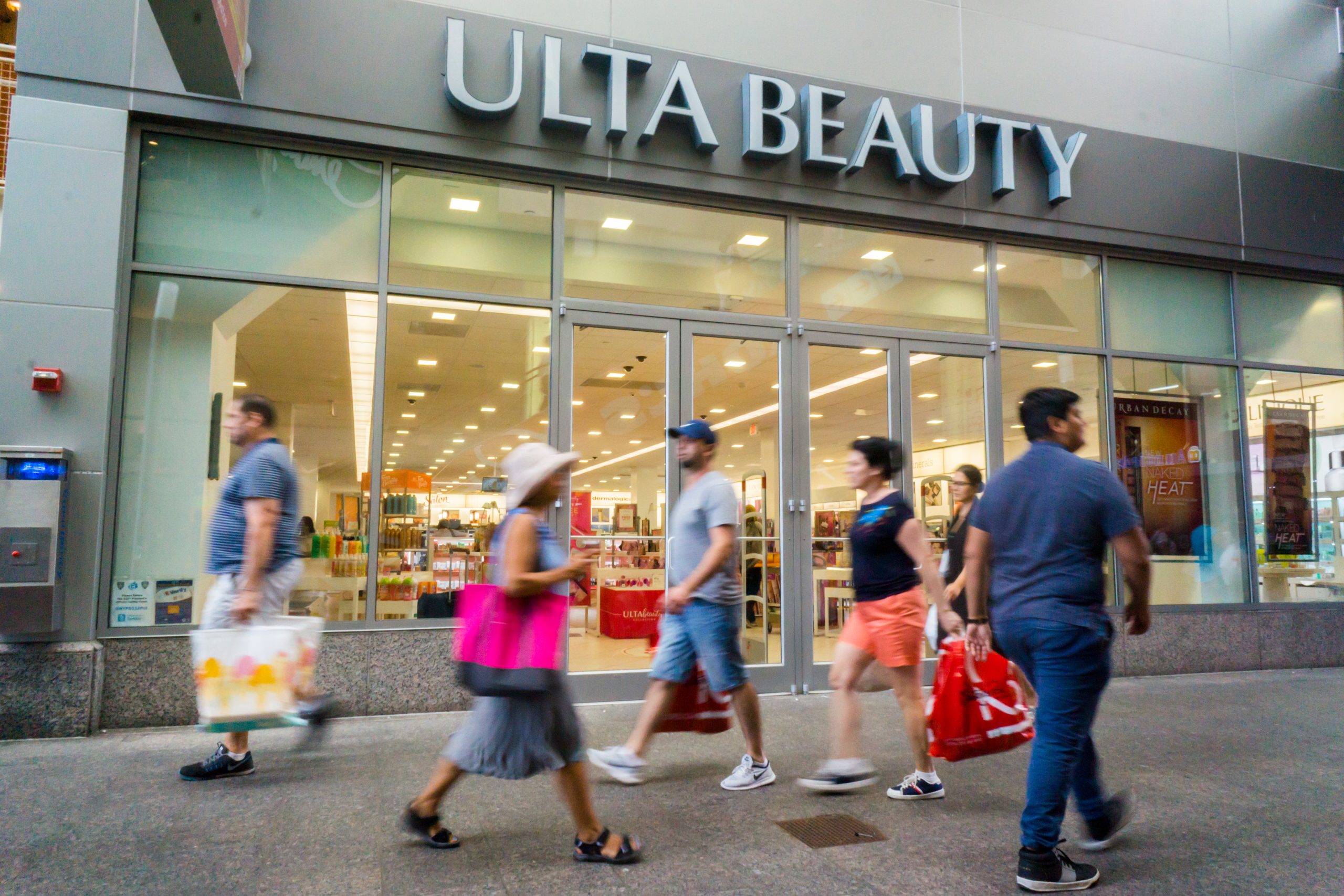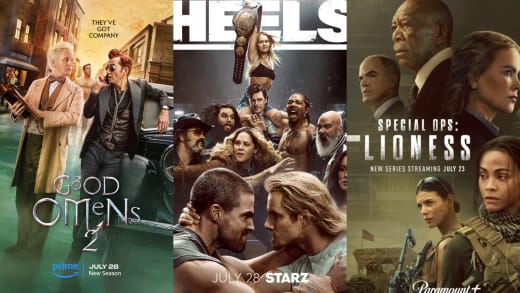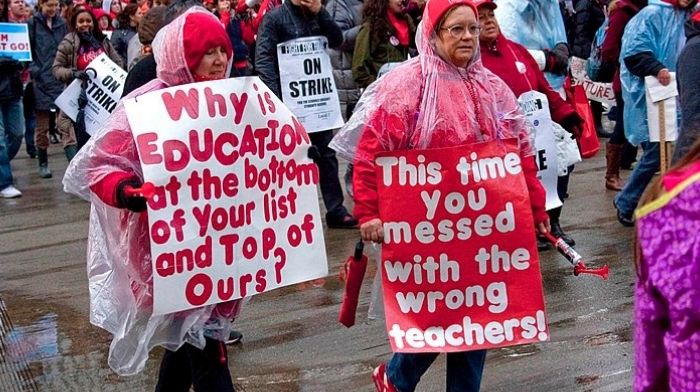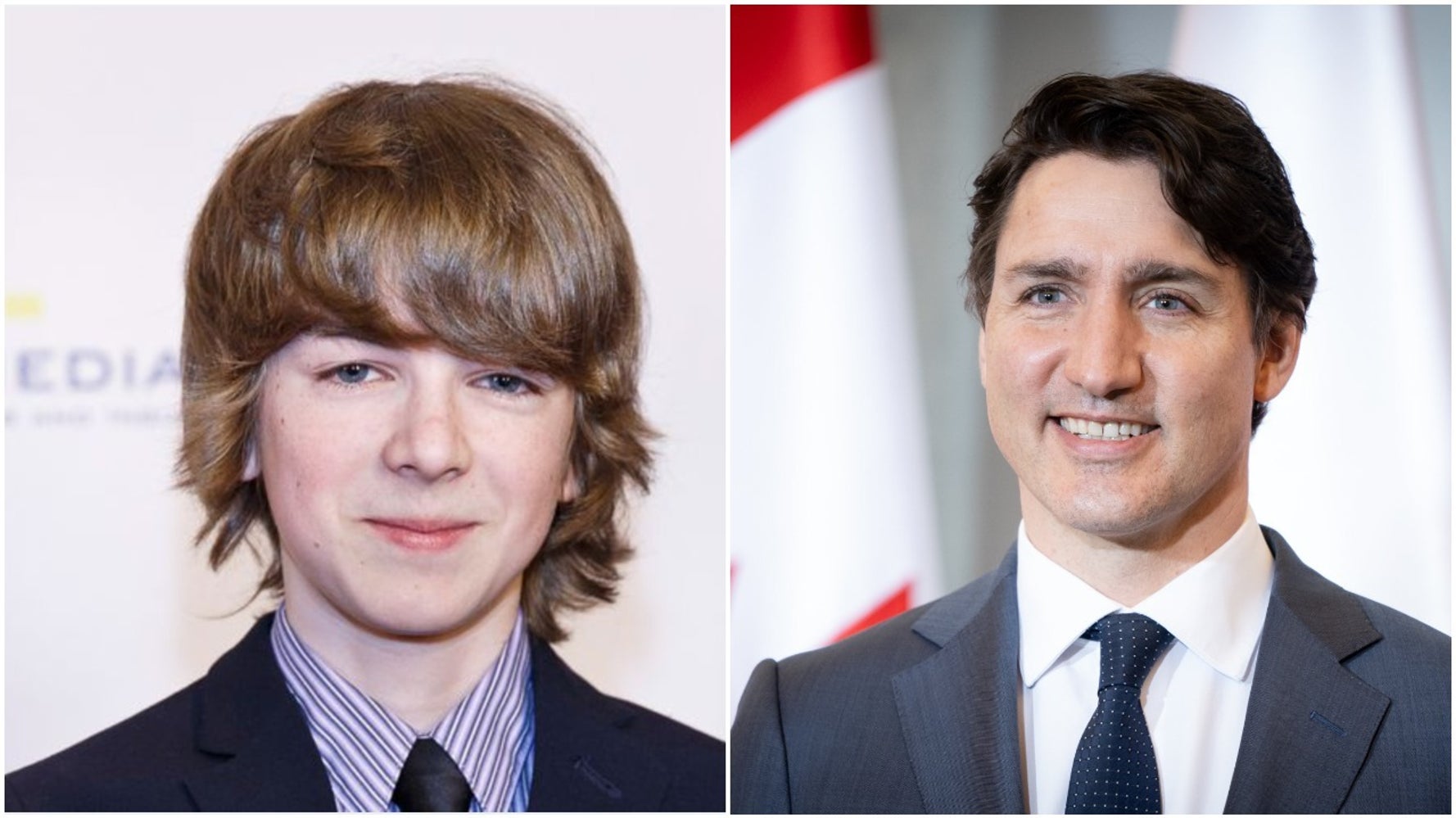A few times a day, a strange, pulsating sound fills the Boston headquarters of the National Braille Press. Thun-thun. Thun-thun. This is what employees of the nonprofit braille publisher call the office’s “braille heartbeat,” generated by an assortment of printing presses—50-year-old Heidelbergs and modern big-roll embossers alike—pumping away in the basement, producing books and other reading materials for blind readers.
NBP has been at the forefront of braille publishing since 1927, when it was founded by the blind Italian immigrant Francis Ierardi—a classmate of Helen Keller’s at the Perkins School—as a weekly newspaper serving Boston’s blind community. Demand was so great that it went national after just three months. Since then the organization has expanded far beyond a single publication. Today, NBP produces and distributes braille books, reading materials, and technologies for the nation, with clients ranging from individual blind readers to the Library of Congress.
Bringing braille to young readers in particular is central to NBP’s mission. “Our goal is to support braille literacy,” said NBP president and CEO Brian MacDonald, and fostering that literacy depends on early intervention. As part of its ongoing efforts, in 1983, NBP launched one of its flagship programs, the Children’s Braille Book Club. The first-of-its-kind subscription service pioneered the “print/braille” book format by distributing mainstream children’s books with added braille. (Under the 1996 Chafee Amendment to the U.S. Copyright Law, nonprofits can reproduce copyrighted works in forms that make them accessible for people with disabilities that impact reading.)
When Harry Potter and the Deathly Hallows was published in 2007, NBP drew headlines by hosting a midnight release party, complete with accessible editions of the book. Scholastic sent NBP the manuscript early in order for it to be transcribed, and the office had to cover its windows and employ an armed guard to protect what was at that point the most valuable manuscript in the world. Staff worked around the clock to ensure the braille volumes were ready in time.
The work paid off, and on the evening of July 20, young readers in wizard costumes descended on NBP’s offices to unbox their copies of the final Harry Potter book at the stroke of midnight, just as their sighted peers were doing throughout the country.
What makes NBP unique is its publishing arm. NBP is the only organization in the U.S. that publishes its own books by blind authors for blind readers. Editorial director Kesel Wilson, who had a long career in traditional publishing at companies such as Scholastic and Pearson before joining NBP, commissions and edits original titles.
The number of new books varies each year because Wilson, who said she’s “deeply connected” to the community NBP serves, commissions titles based on “actual demand.” When she has an idea for a book, she speaks with NBP authors and readers to gauge whether it would meet an immediate need. As a result, NBP has become known for its technology books, which include manuals for various software, operating systems, apps, and devices, as well as lifestyle titles on topics including cooking, fitness, and online dating. Recently, NBP published a guide to emoji, reproducing 97 face emoji as tactile graphics to help blind readers identify the differences among them, which “can be as subtle as a lifted eyebrow,” Wilson said.
The publishing arm is largely subsidized by what MacDonald called NBP’s “exploding” B2B business producing brochures, tests, textbooks, business cards, airline safety guides, and more. In 2021, for example, NBP produced 35,000 large-print and braille menus for Starbucks stores. These kinds of projects allow it to sell its own books below cost, despite the enormous expense of producing braille, through its own online bookstore. The bookstore is the primary sales outlet for NBP’s titles, which the press promotes at the National Federation for the Blind’s annual convention as well as other related conferences and gatherings.
“We sell our books at the same price as a print book,” MacDonald said of the online store, “because we don’t think it’s fair for a blind person to pay more, even though braille costs three to four times more to produce.”
Producing braille books largely falls on the shoulders of specialized publishers like NBP, but some editors think mainstream publishers could be doing more. In 2016, DK senior editor Fleur Star, who works in the U.K., helped launch the DK Braille Books series, which to date comprises five children’s books that combine print, braille, printed images, and tactile images.
The idea for the series, produced in partnership with the Royal National Institute of Blind People, arose in 2013, when Clearvision, a postal lending library of print/braille children’s books, visited DK’s London offices and outlined how mutually legible print/braille books can unite blind and sighted readers. Star and several colleagues were moved to action.
“We wanted to create books that could be shared by all,” Star said, “whether a visually impaired child with sighted family and friends or a sighted child with a visually impaired parent.”
Star laments that there’s “a very limited range of tactile reference books,” and of print/braille books in general, for blind young readers, which she feels is a missed opportunity. “If more mainstream publishers produced these books, we could open up the market,” she said, adding that in an ideal world, there would be enough print/braille books to have their own section in bookstores.
Deafblind author Elsa Sjunneson agrees that mainstream publishers could be doing more for visually impaired readers. “Publishing is an inherently sighted industry,” she said. She uses a Kindle with large print and audiobooks to read and is not fluent in braille, which she’s “saddened by.” Many blind people report that braille allows for a far more immersive reading experience, and scientists have found that reading braille activates the visual cortex, the same part of the brain used when reading print.
“In a technological world,” Sjunneson said, “analog skills like braille are often put in the background, and they shouldn’t be.”
In fact, braille is not just compatible with the technological world—it’s often on the cutting edge of it. In his memoir The Country of the Blind, Andrew Leland, an editor at The Believer who became blind later in life, traces the history of blind-adapted reading technology and finds that innovation and invention come naturally to members of the tech-savvy blind community, for whom tinkering and troubleshooting are part of everyday life. Since the 1980s, many blind readers have used electronic braille displays, which have refreshable braille composed of small pins that shift as the reader progresses. Over time, these displays have become more sophisticated and less expensive.
“With an electronic braille display, it’s possible to turn a huge number of digital books into braille,” Leland said, adding that both the Apple Books and Kindle apps are accessible through these displays. He prefers to read electronic braille and gets most of his digital books from the accessible e-book library Bookshare, as well as the Library of Congress’s National Library Service.
“To call hard-copy braille bulky is an understatement,” he said. “It takes several hulking volumes in braille to reproduce what in print would be an unassuming paperback.” For reference, NBP’s braille edition of Harry Potter and the Deathly Hallows comprised 12 volumes, totaled 1,100 pages, and weighed 12 pounds.
Despite the Heidelbergs in the basement, technological innovation is a top priority at NBP. MacDonald believes that electronic braille is “the future” and has embraced it since he joined NBP in 2008, when many were saying that “braille is like Latin—a dead language.” (In fact, braille is a code, not a language.)
It didn’t help that at the time, according to MacDonald, the average cost of a 20-cell electronic braille display was $6,000–$10,000. In response to the prohibitive cost, MacDonald said, he launched the NBP’s Center for Braille Innovation, with the goal of “leveraging emerging technologies to make sure that braille can be available in multiple formats.” Since then, NBP has led the charge to make reading and writing electronic braille more affordable.
When NBP released its own refreshable braille display in 2016 for a competitive $2,495, the entire market followed suit, setting a new industry-wide standard. (The quest continues, however, for the “Holy Braille”—a display that can show not just 20 or 40 or 80 cells of braille but an entire page at once.)
Reduced costs and other developments—such as the 2020 launch of the National Library Service’s Braille eReader program, which loans 20-cell braille displays to eligible patrons for free—have prompted what Leland called “something of a braille renaissance.”
Leland suspects that most blind readers take a “both/and” approach to print and electronic braille, while also using audiobooks, text-to-speech, large text, and other modes of reading: “The contemporary reader—blind and sighted—reads across modalities and media,” he added.
For NBP, supporting the needs of multimodal blind readers is key to fostering and expanding braille literacy. Whether it’s producing print braille books or electronic braille displays, making literature both physically and financially accessible is top of mind. “By keeping braille affordable,” MacDonald said, “we are keeping it alive.”
The piece was produced in partnership with Publishers Weekly.


